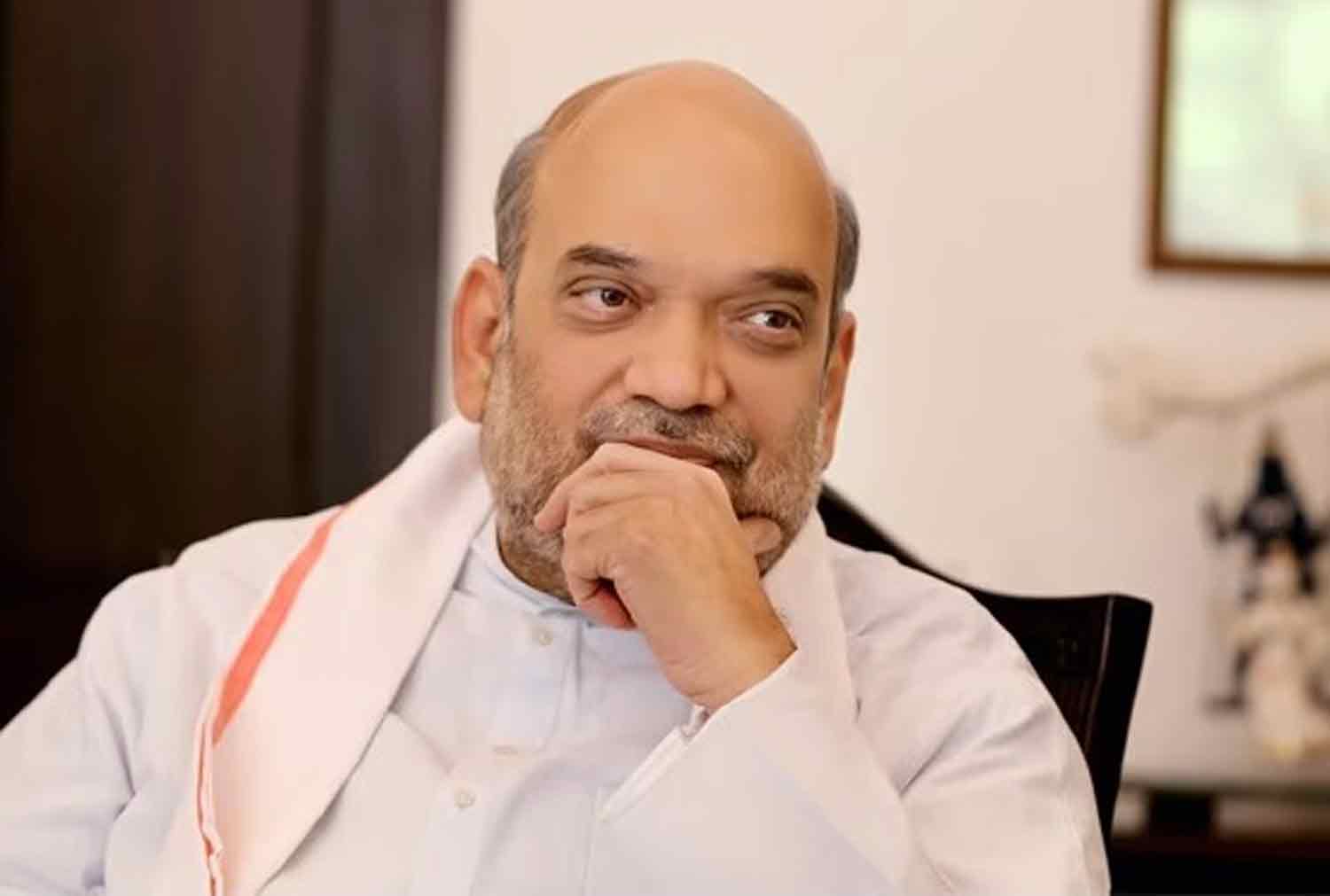Trump has pledged to pursue specific objectives if he regains the presidency of the United States, and his proposals, regardless of their feasibility, are raising alarms internationally. He has promised to resolve the conflict in Ukraine “within 24 hours” through negotiations with Russia’s President Vladimir Putin, request that Europe cover the costs of billions in US aid to Ukraine, withdraw from the Paris climate agreement once more, and impose significant tariffs on foreign imports, potentially reaching as high as 200 percent in some instances.
As the November 5 election approaches, which is anticipated to be highly competitive, leaders across the Atlantic are taking proactive measures. Europe finds itself in a more precarious situation than during Trump’s initial term, particularly following the full-scale Russian invasion of Ukraine in 2022. Additionally, the former president has committed to maintaining his isolationist, “America first” foreign policy stance, with intentions to adopt a more radical approach than he could during his first term. This has led to increased apprehension regarding a potential “Trump 2.0” scenario.
“Trump was not fully prepared for victory in the 2016 election, which forced him to depend heavily on established party figures and military generals to project an image of ‘strength.’ However, these individuals were less inclined to compromise on established norms than he was. They acted as the ‘adults in the room’ and restrained some of his more disruptive ambitions,” stated Oscar Winberg, a US politics expert at Finland’s Turku Institute for Advanced Studies.
“Now, however, he has had four or even eight years to strategize, intending to populate his administration with conservatives and loyalists while dismissing civil servants who were not politically appointed. Consequently, the safeguards—the seat belts and airbags that previously existed—are no longer in place.”
A resurgent Russian threat
As the possibility of Trump returning to power looms, Europe is increasingly anxious about two main issues: the ongoing war in Ukraine and the United States’ commitment to NATO.
Reports indicate that Trump has pledged not to provide any financial support to Ukraine if he is elected, opting instead to pursue a “peace deal” through negotiations with Putin. However, such an agreement could compel Ukraine to make significant sacrifices, including the loss of parts of its eastern territory. There are concerns that this concession would only exacerbate the Russian threat to Europe.
In response to this potential scenario, measures have been implemented on both sides of the Atlantic to ensure robust support for Ukraine, aiming to provide sufficient financial and military resources for its long-term resistance against Russian aggression.
This summer, NATO announced the establishment of a dedicated mission called the NATO Security Assistance and Training for Ukraine (NSATU), which will be based in Germany. This initiative signifies that NATO, rather than solely relying on the United States as its primary contributor, will now take the lead in coordinating the training of Ukrainian forces and supplying military equipment.
The Group of 7, comprising the United States, Germany, France, the United Kingdom, Italy, Canada, and Japan, has finalized a long-term loan agreement for Ukraine amounting to $50 billion, primarily funded through the interest accrued from frozen Russian assets in Europe.
Outgoing US President Joe Biden has reinforced his support for European allies by addressing the potential risk of a US withdrawal from the agreement in the event of a Trump re-election. He has ensured that the $20 billion US contribution will begin to be disbursed by the end of the year. Since the onset of the war, Congress has passed five bills providing Ukraine with $175 billion in assistance, with $106 billion allocated directly to the Ukrainian government. During a mid-October news conference in Riga, James O’Brien, the assistant secretary of state for European and Eurasian Affairs, stated that Biden intends to utilize the funds designated by Congress for Ukraine before the conclusion of his term.
The European Union is also taking measures to reinforce its sanctions against Russia in anticipation of a potential Trump return. However, a significant obstacle remains, as Hungarian Prime Minister Viktor Orban, who supports both Vladimir Putin and Trump, has threatened to obstruct EU aid to Ukraine and has expressed a desire to lift the sanctions. Approval of EU sanctions requires unanimous consent from all 27 member states.
Another challenge for Europe
To effectively support Ukraine and protect itself from the Russian threat, Europe must enhance its defense capabilities. With uncertainty surrounding the future of U.S. support, several European nations have increased their defense budgets and significantly boosted domestic arms production.
Another challenge for Europe is NATO.
During his first term, Trump frequently expressed a desire to withdraw from the alliance. EU Commissioner Thierry Breton reported that Trump made this sentiment clear to European Commission President Ursula von der Leyen.
“Trump told Ursula: ‘You need to understand that if Europe is under attack, we will never come to help you and to support you. And by the way, NATO is dead. And we will leave, we will quit NATO’,” Breton recounted.
Trump criticized what he termed the “free-loading” behavior of European nations, which benefited from U.S. protection without meeting the NATO guideline of allocating 2 percent of their GDP to defense. At that time, only three of the alliance’s 32 members met this benchmark.
However, following Russia’s extensive invasion of Ukraine in 2022, 23 members have since reached that target.
Despite these improvements in contributions, Trump remains dissatisfied. At a rally in South Carolina earlier this year, he stated he would allow Russia to “Do whatever the hell they want” to NATO members that had not met the 2 percent goal.
It is not within the power of a US president to unilaterally withdraw the nation from NATO, as Congress enacted a law last year requiring Senate approval for such a decision. However, Trump’s threats pose a significant concern as he questions the Alliance’s fundamental principle of mutual defense.
Winberg noted, “A president doesn’t need to formally exit the Alliance to render it ineffective. Simply stating that he will no longer uphold the commitment would have the same practical effect as a withdrawal, and he possesses the authority to do so.”
As reported by Politico, this apprehension has led numerous European diplomats to engage with Trump and his advisors in an effort to moderate his position on the military alliance.
Full-blown trade war
The final challenge for Europe posed by Trump is his commitment to implement significant tariffs on imported goods to stimulate the US economy. This would mean imposing a 60 percent surcharge on Chinese exports and a 10 percent tariff on products from Europe.
Economists have cautioned that this could lead to a full-blown trade war.
Winberg noted that even if Europe attempts to establish new trade agreements with other nations to reduce its dependence on US consumers, “it doesn’t really matter how much you prepare when you have an unreliable person in the White House.”
Europe lacks a proactive strategy; instead, it has developed a contingency plan for potential responses.
The strategy involves retaliatory measures designed to compel Trump to engage in negotiations.
“We will respond swiftly and decisively,” a senior European diplomat informed Politico.
However, despite Europe’s efforts to insulate itself from potential fallout, Wingberg stated that a Trump victory would ultimately be “very detrimental” for the liberal and democratic advocates across the continent.
Discover more from Defence Talks | Defense News Hub, Military Updates, Security Insights
Subscribe to get the latest posts sent to your email.





